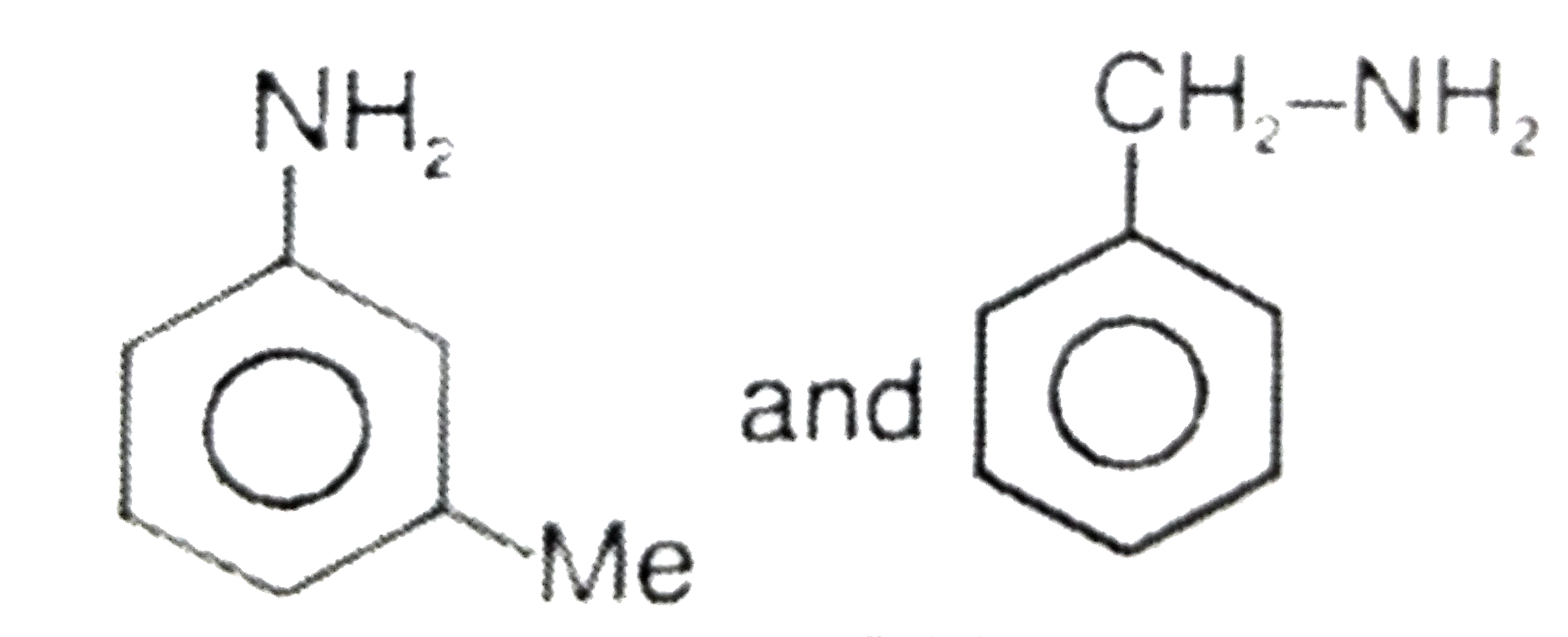The cobra ( Naja naja ) can be distinguished by the presence of
Agile habit
Black color
Hood
Hood and third largest supra labials.
The correct Answer is:D
To solve the question regarding how the cobra (Naja naja) can be distinguished, we will analyze each of the provided options step by step.
1. Understanding the Question: The question asks for a unique feature of the cobra (Naja naja), also known as the Indian Cobra.
2. Analyzing the Options:
- Option A: Agile Habitat: This option suggests that the cobra can be distinguished by its agile habitat. However, many snakes exhibit agility, so this is not a unique feature of the Indian Cobra.
- Conclusion: Incorrect.
- Option B: Black Color: This option states that the cobra can be distinguished by its black color. Indian Cobras can actually be found in various colors, including yellow, reddish, and grey. Therefore, this characteristic is not unique to the Indian Cobra.
- Conclusion: Incorrect.
- Option C: Hood: This option mentions the presence of a hood. While the Indian Cobra does have a hood, many other snake species also possess this feature. Thus, it is not unique to the Indian Cobra.
- Conclusion: Incorrect.
- Option D: Third Largest Supralabials: This option refers to the scales on the upper jaw of the Indian Cobra. Specifically, the Indian Cobra has seven supralabials, and the third one is the largest. This is a distinctive feature that can help identify the species.
- Conclusion: Correct.
3. Final Answer: The unique feature that distinguishes the cobra (Naja naja) is the presence of the third largest supralabial scale among its seven supralabials.
- Option A: Agile Habitat: This option suggests that the cobra can be distinguished by its agile habitat. However, many snakes exhibit agility, so this is not a unique feature of the Indian Cobra.
- Conclusion: Incorrect.
- Option B: Black Color: This option states that the cobra can be distinguished by its black color. Indian Cobras can actually be found in various colors, including yellow, reddish, and grey. Therefore, this characteristic is not unique to the Indian Cobra.
- Conclusion: Incorrect.
- Option C: Hood: This option mentions the presence of a hood. While the Indian Cobra does have a hood, many other snake species also possess this feature. Thus, it is not unique to the Indian Cobra.
- Conclusion: Incorrect.
- Option D: Third Largest Supralabials: This option refers to the scales on the upper jaw of the Indian Cobra. Specifically, the Indian Cobra has seven supralabials, and the third one is the largest. This is a distinctive feature that can help identify the species.
- Conclusion: Correct.
Topper's Solved these Questions
- BOOK - CENGAGE BIOLOGY ENGLISHCHAPTER - ANIMAL KINGDOMEXERCISE - Exercise Chordata Assertion1videos
ANIMAL KINGDOM
- BOOK - CENGAGE BIOLOGY ENGLISHCHAPTER - ANIMAL KINGDOMEXERCISE - Archives34videos
ANIMAL KINGDOM
- BOOK - CENGAGE BIOLOGY ENGLISHCHAPTER - ANIMAL KINGDOMEXERCISE - Exercise Assertion -Reasoning Questions6videos
ANIMAL KINGDOM
- BOOK - CENGAGE BIOLOGY ENGLISHCHAPTER - ANATOMY OF FLOWERING PLANTS EXERCISE - ARCHIVES38videos
ANATOMY OF FLOWERING PLANTS
- BOOK - CENGAGE BIOLOGY ENGLISHCHAPTER - BIOMOLECULESEXERCISE - ARCHIVES26videos
BIOMOLECULES
Similar Questions
Knowledge Check
- Question 1 - Select One
H-COOH and H-CHO can be distinguished by :
ATollen's reagentBFehling's solutionCNaHCO3 solutionDHgCl2 solution
The matrix of bone and cartilage can be distinguished by the presence of
View SolutionProduct(A) and (B)can be distinguished by
 View Solution
View Solution
Compound (X) and (Y) can be distinguished byView SolutionH2SandSO2 can be distinguished by
View SolutionAlkanes can be iodinated in the presence of
View SolutionFe2+andFe3+ can be distinguished by
View Solution
Compounds (C) and (D) can be distinguished by :View Solution


 can be distinguish by
can be distinguish by